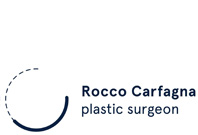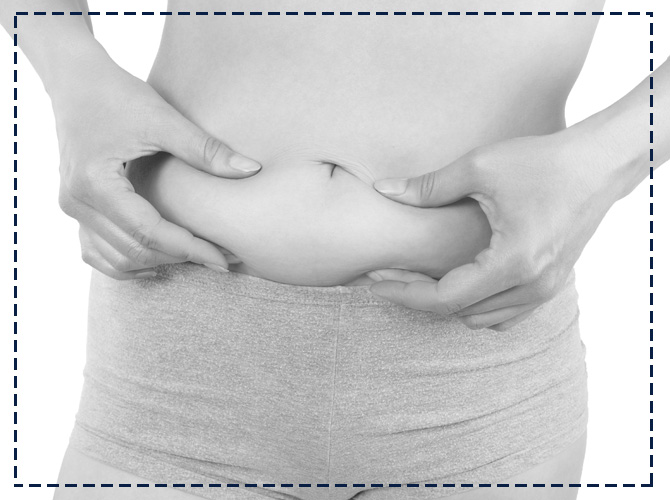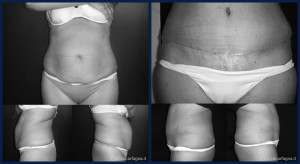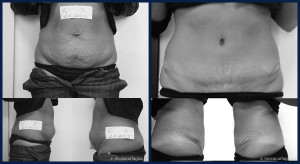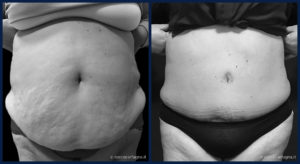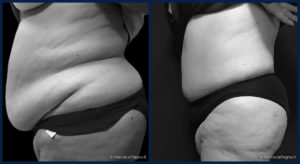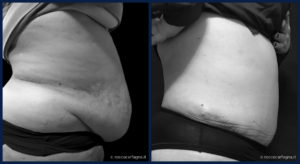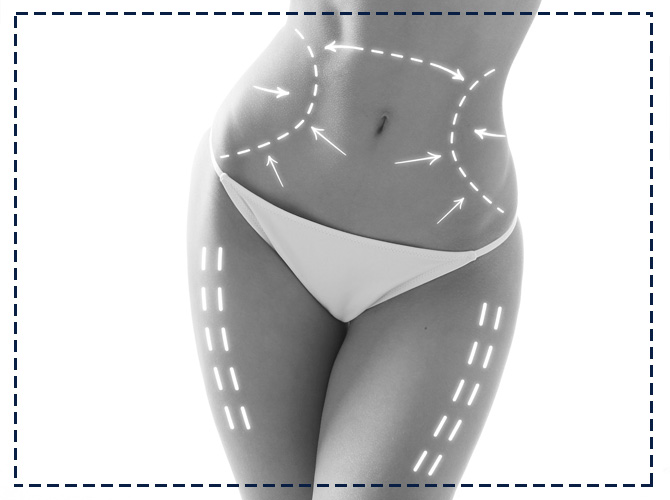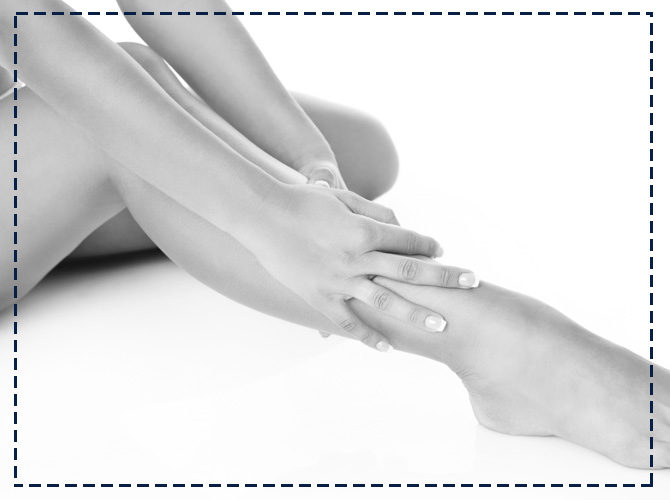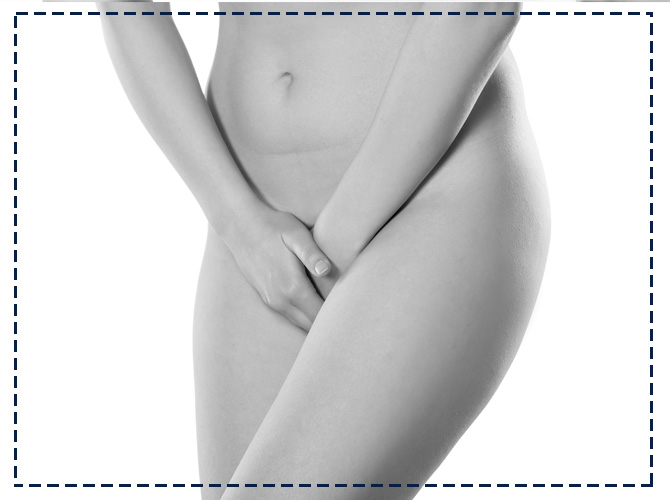Plastic surgery
The tummy tuck (abdominoplasty)is the removal of a flap of skin and adipose tissue located in the abdominal region, in order not to reduce weight but to firm the abdominal muscle wall surgically. This procedure gives the abdomen a more hard, flat and smooth look. Diet and exercise alone cannot produce this result because this situation is often accompanied by abdominal diastasis recti with the relative weakening of the abdominal wall. Stretch marks, when possible, and if present, are removed with the excess skin that is removed. Stretch marks from your skin will be improved by the remainder of the abdomen distension of the region over the navel but not eliminated. As a result of surgery, there will be a permanent scar which, depending on the type of procedure, may also extend from an iliac spine to the other.
The best candidate for a tummy tuck is a man or woman in good health, which has a large accumulation of fat and/or abdominal skin excess (pendulous abdomen), that cannot be improved with diet and exercise. Sometimes, instead of formal abdominoplasty, a less complex procedure, defined “miniabdominoplasty”, may be more suitable possibly combined with a liposuction, or just liposuction, in case it is not “pendulous abdomen” but just excess fatty tissue.
In any case, it should be carefully examined by an experienced surgeon. The surgery is particularly suitable for those patients who, after several pregnancies, have “expanded” too much skin and abdominal muscles, irreversibly.
This type of operation is performed under spinal anaesthesia, or general anaesthesia (ie a patient completely asleep), performed by an anaesthetist in the operating theatre. The patient will be given a certain amount of intravenous fluids during surgery, and sometimes even the next day. You can then return to a regular diet. The surgery takes about 3-4 hours. The pain is generally minor and well controlled with the usual analgesic drugs available, both in hospital and at home.
After surgery, patients will have to rest for 24-48 hours and then will be able to get up and walk (short walks). For a few days, the feeling of tension in the abdomen will force a “leaning forward” posture. Coughing, sneezing, and all other activities that provide tension on the abdominal muscles can cause discomfort and a slight pain. It is not recommended to sleep lying flat on your abdomen for two weeks (prone sleeping position).
